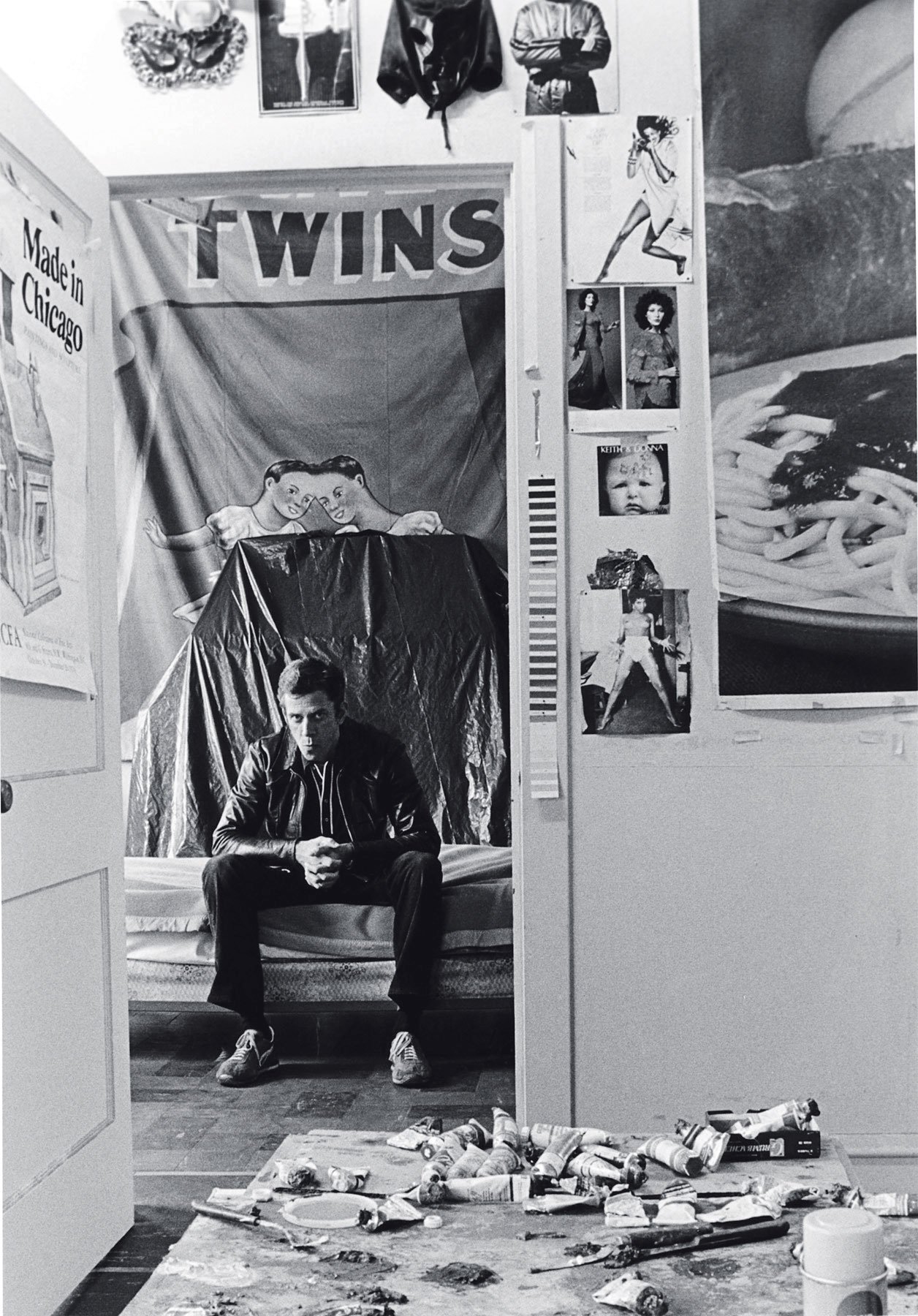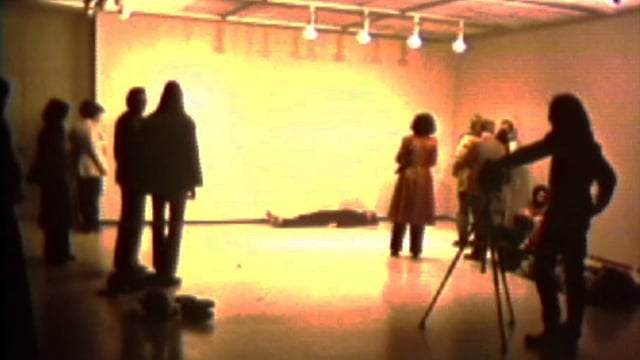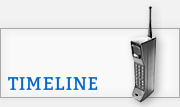Art in Chicago
Art in Chicago

Ed Paschke in his Clark Street studio, 1977
Credit: Kathy Richland
In the 1960s, artist Don Baum was the director of the Hyde Park Art Center. He encouraged the work of a group of School of the Art Institute-educated Chicago artists that included Karl Wirsum, Gladys Nilsson, Jim Nutt, Suellen Rocca, Art Green, and James Falconer by giving them an exhibition they titled “Hairy Who?” The show energized a generation of artists to come, many of whom worked in a mode entirely at odds with the wild painterly gestures of the Abstract Expressionists or the polished, ironic, commercial cool of the Pop Artists. The group was also noteworthy for the number of women artists who were included.
Dubbed the Imagists by critics, the large descriptive umbrella eventually included such artists as Ed Paschke, Christina Ramberg, Ray Yoshida, and Roger Brown. Many of them were included in the Museum of Contemporary Art’s “Don Baum Sez’ Chicago Needs Famous Artists” exhibit.
By the 1970s, the Imagists were an established force in Chicago. Many of them could be seen at the Phyllis Kind Gallery on Ontario Street (and later Superior Street) in the burgeoning gallery district in the shadow of the Ravenswood El before Kind relocated to New York City in the 1980s. Shows at the MCA, the Hyde Park Art Center, the Suburban Fine Arts Center, the Art Institute’s annual Chicago and Vicinity Show, the Renaissance Society, and other venues kept their work in front of the city’s art savvy citizens. Paschke was featured in programs on WTTW, including Made in Chicago: You Call That Art?
Separate from the Imagists, a feminist gallery scene developed at the same time, with women-owned cooperative galleries such as Artemesia Gallery and ARC leading the way. The galleries featured group shows as well as individual exhibitions of member artists and emerging female artists. Judy Chicago, a Los Angeles-based artist with family ties to the city, came back to town with her large-scale piece “The Dinner Party,” which she exhibited in a large loft building in the old Printers Row area at the end of the ’70s. “The Dinner Party” was instrumental in raising both the visibility and credibility of female artists.








